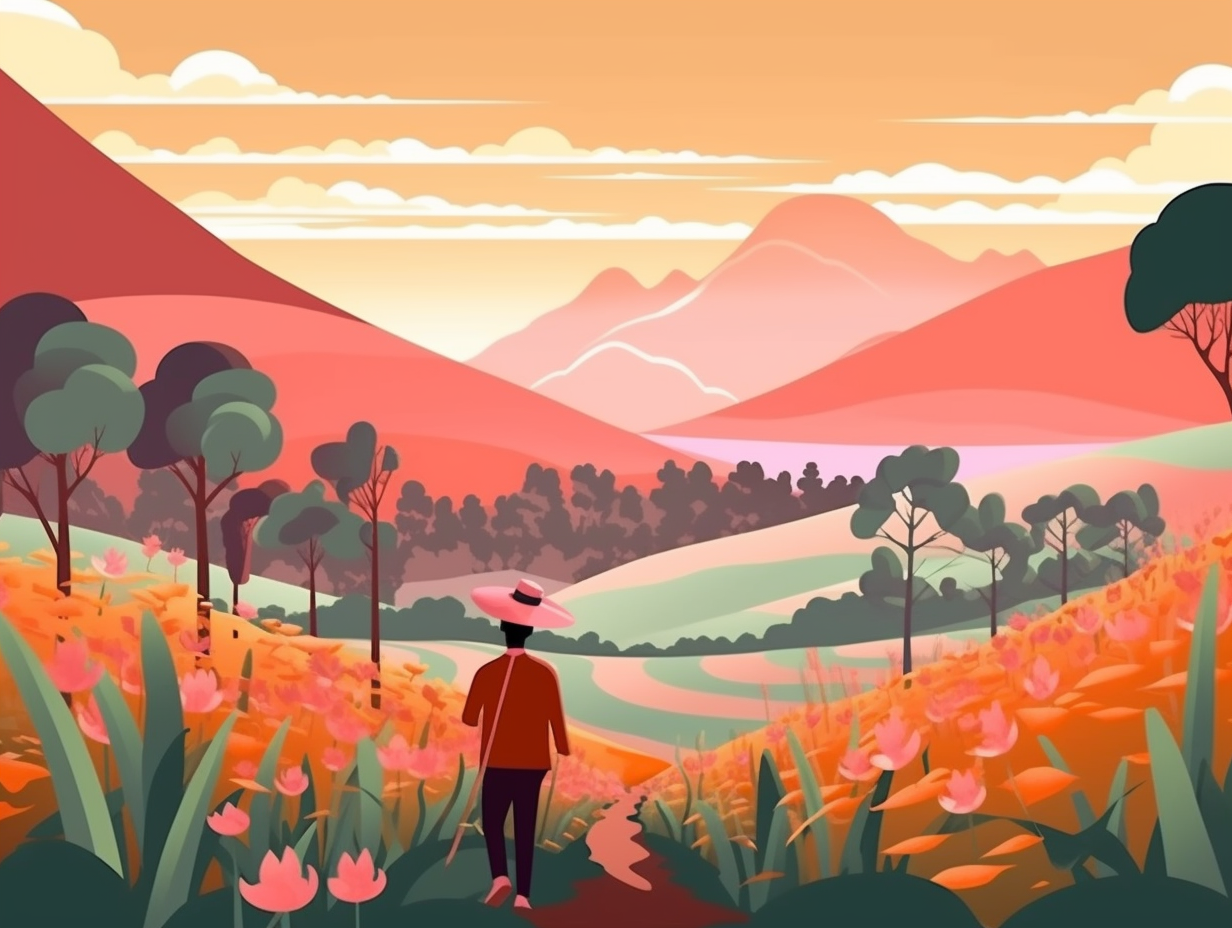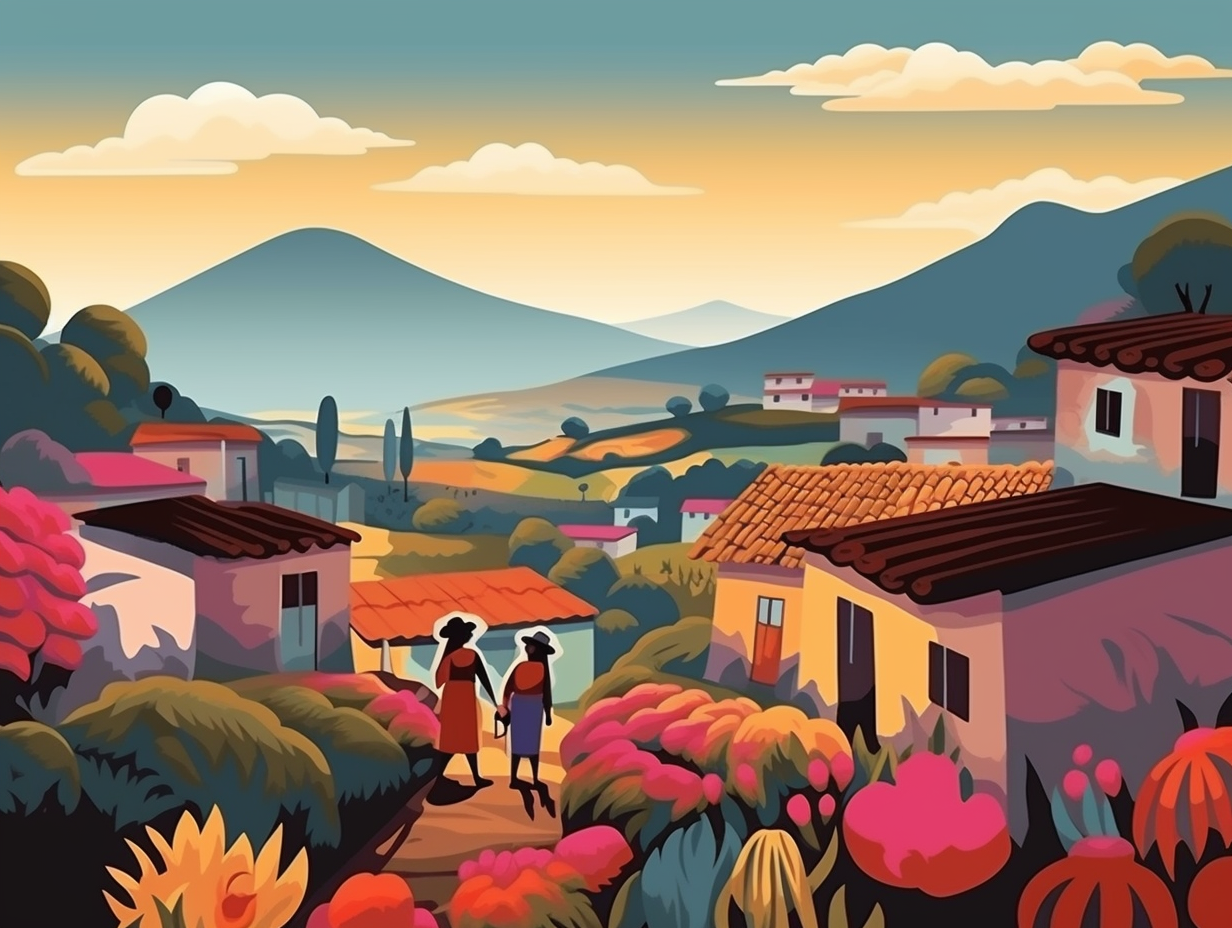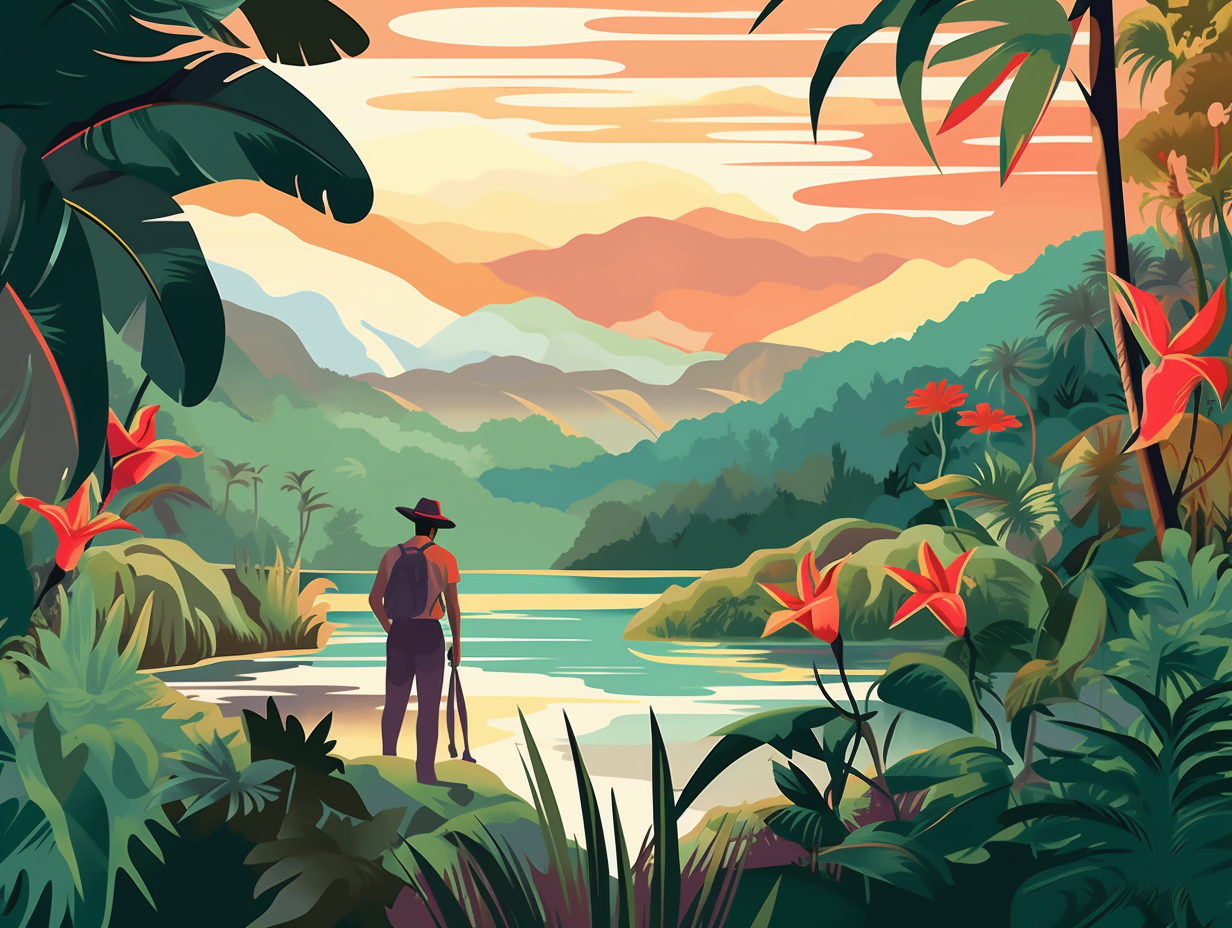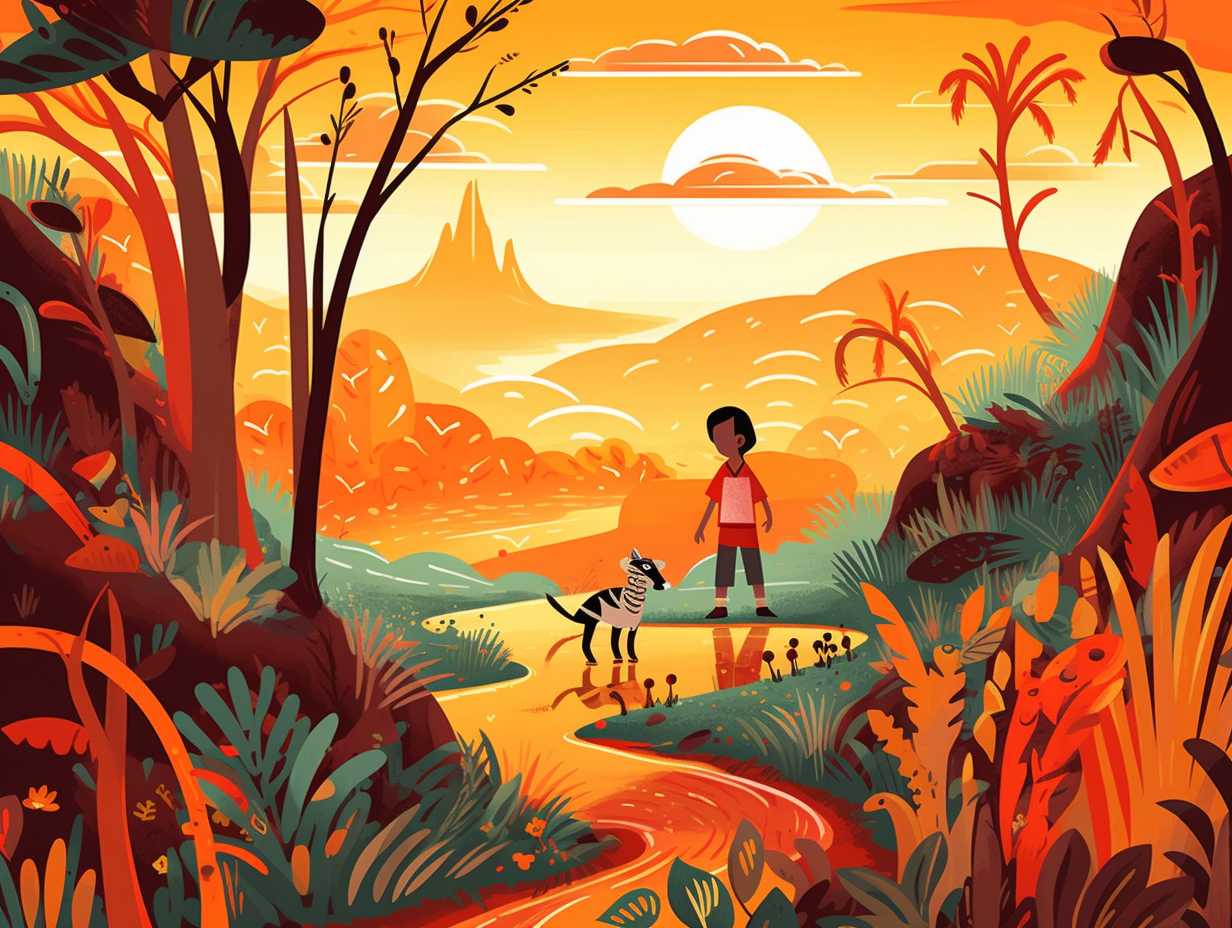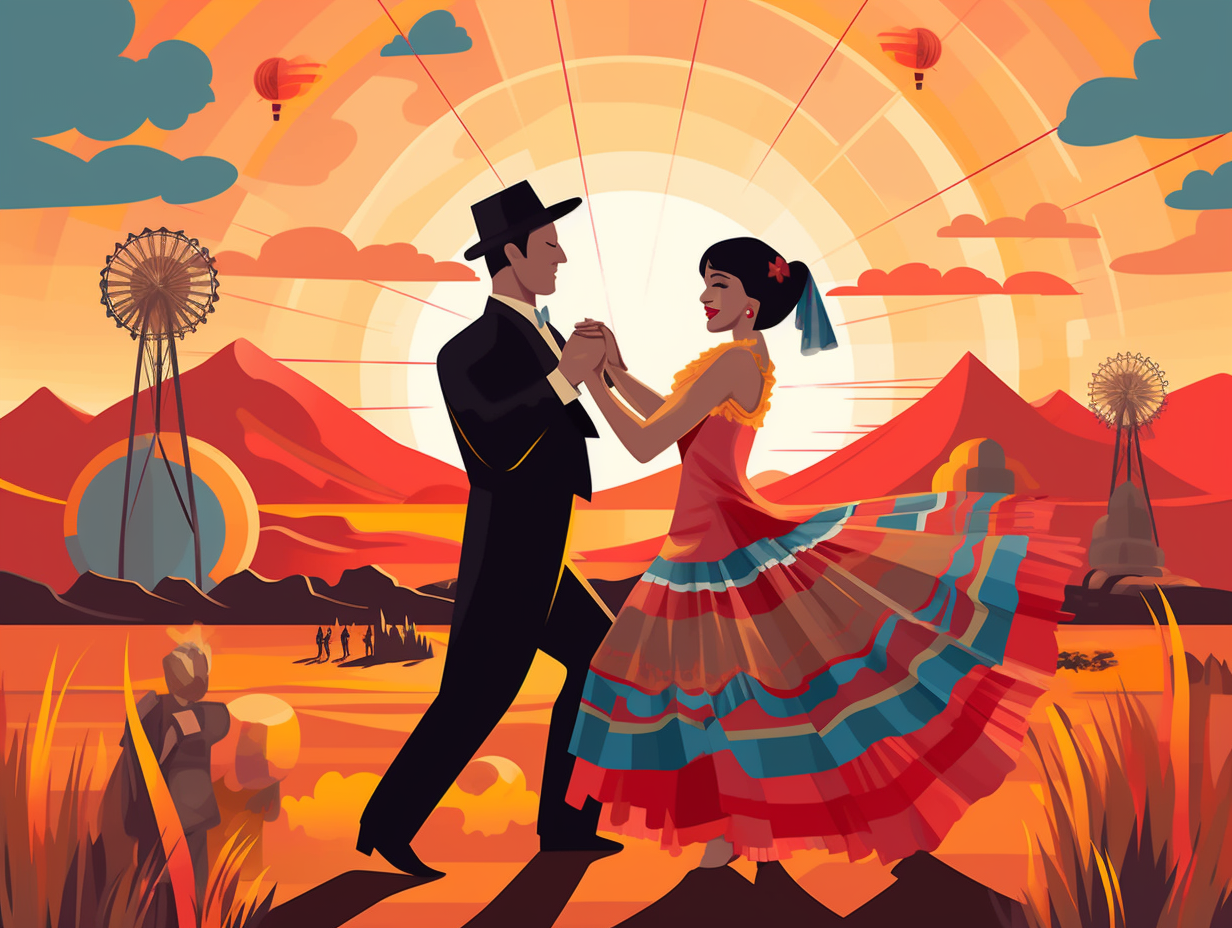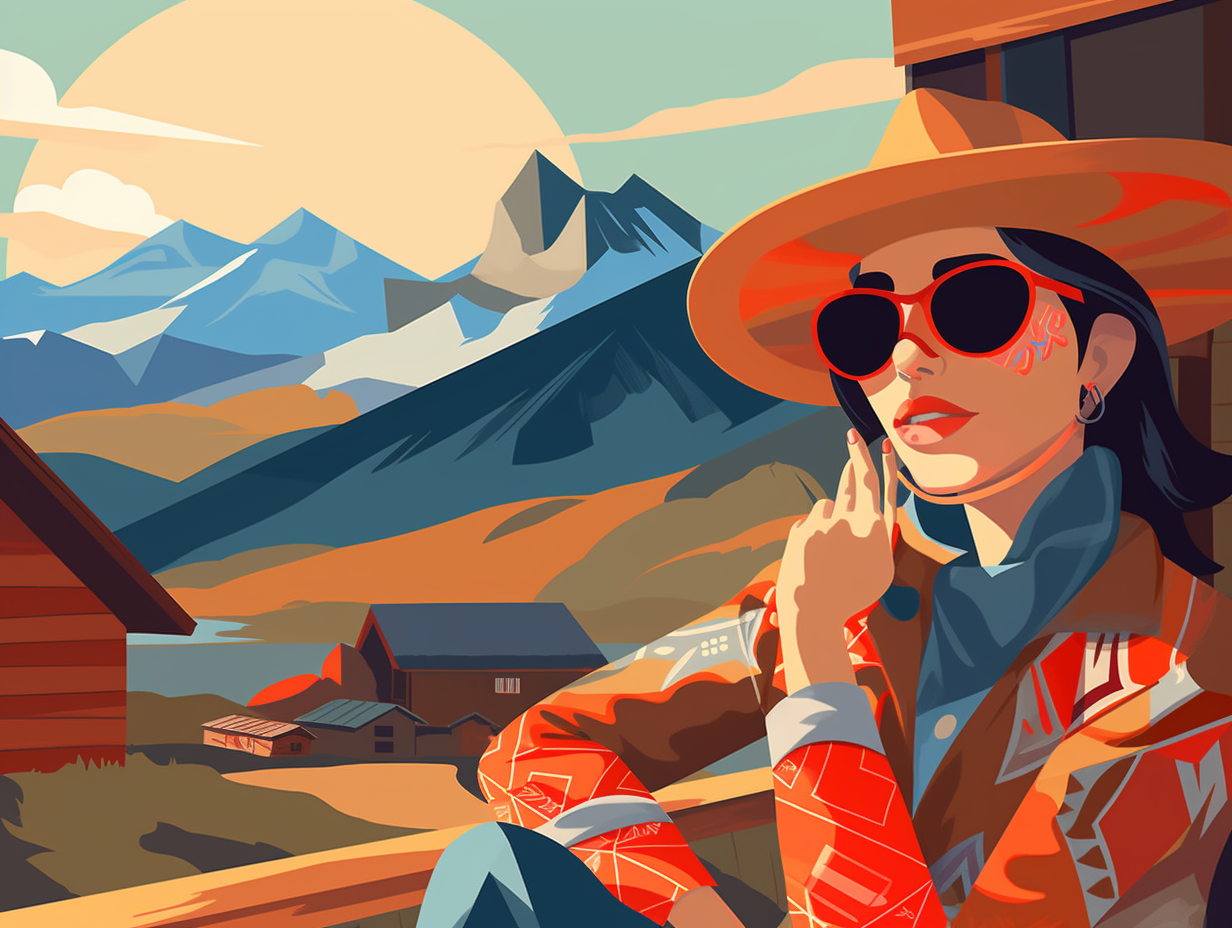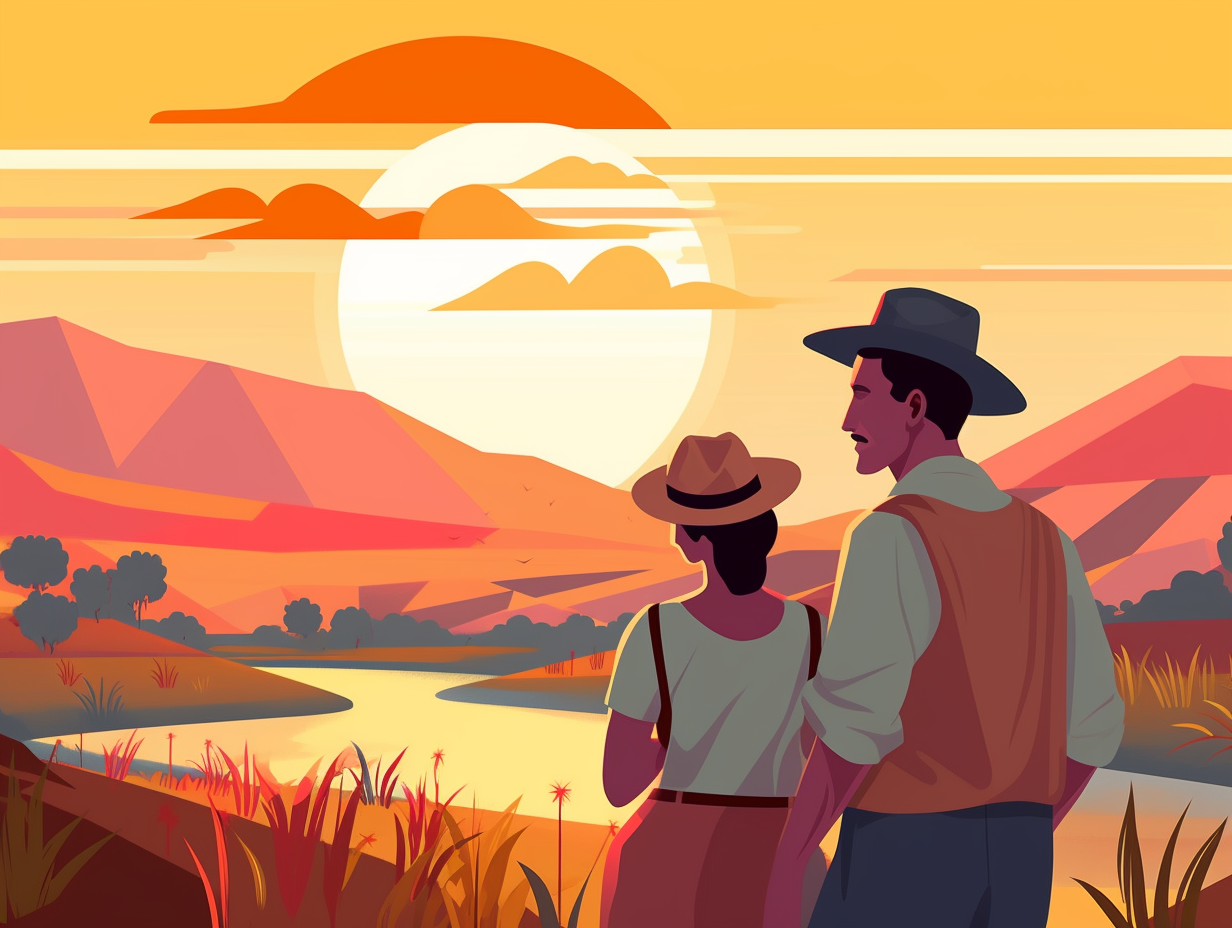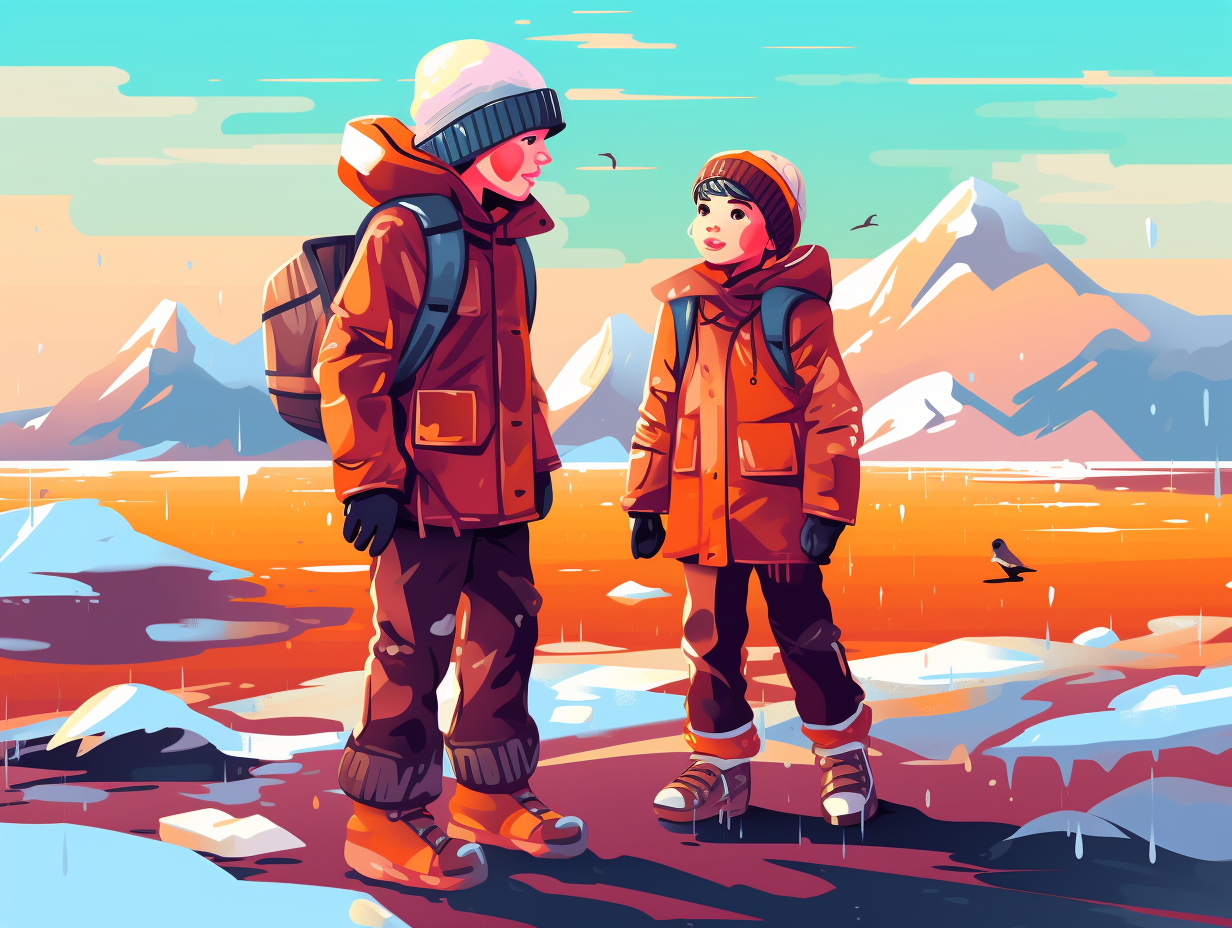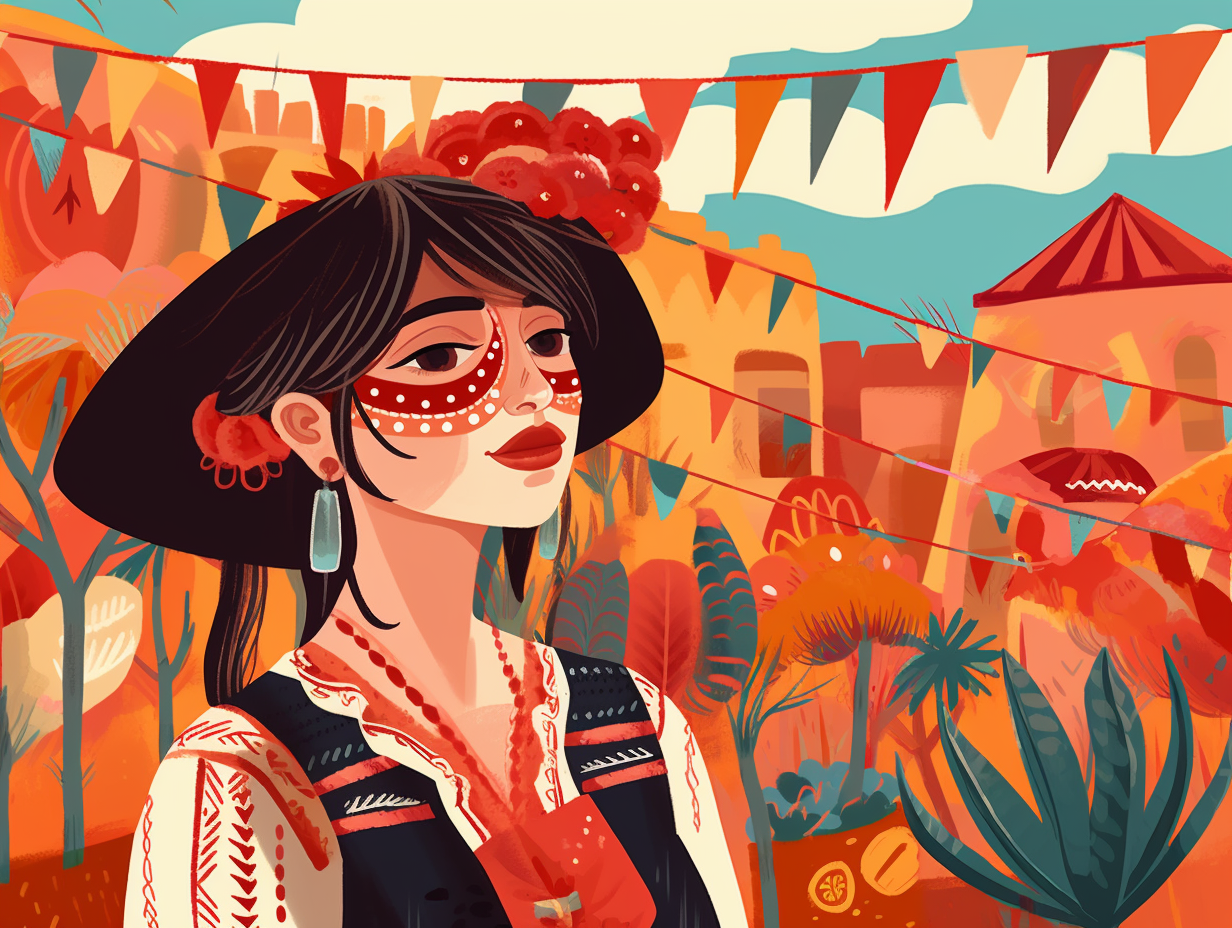Discover the Wonders: Top 8 Unique and Entertaining Fun Facts About Nicaragua
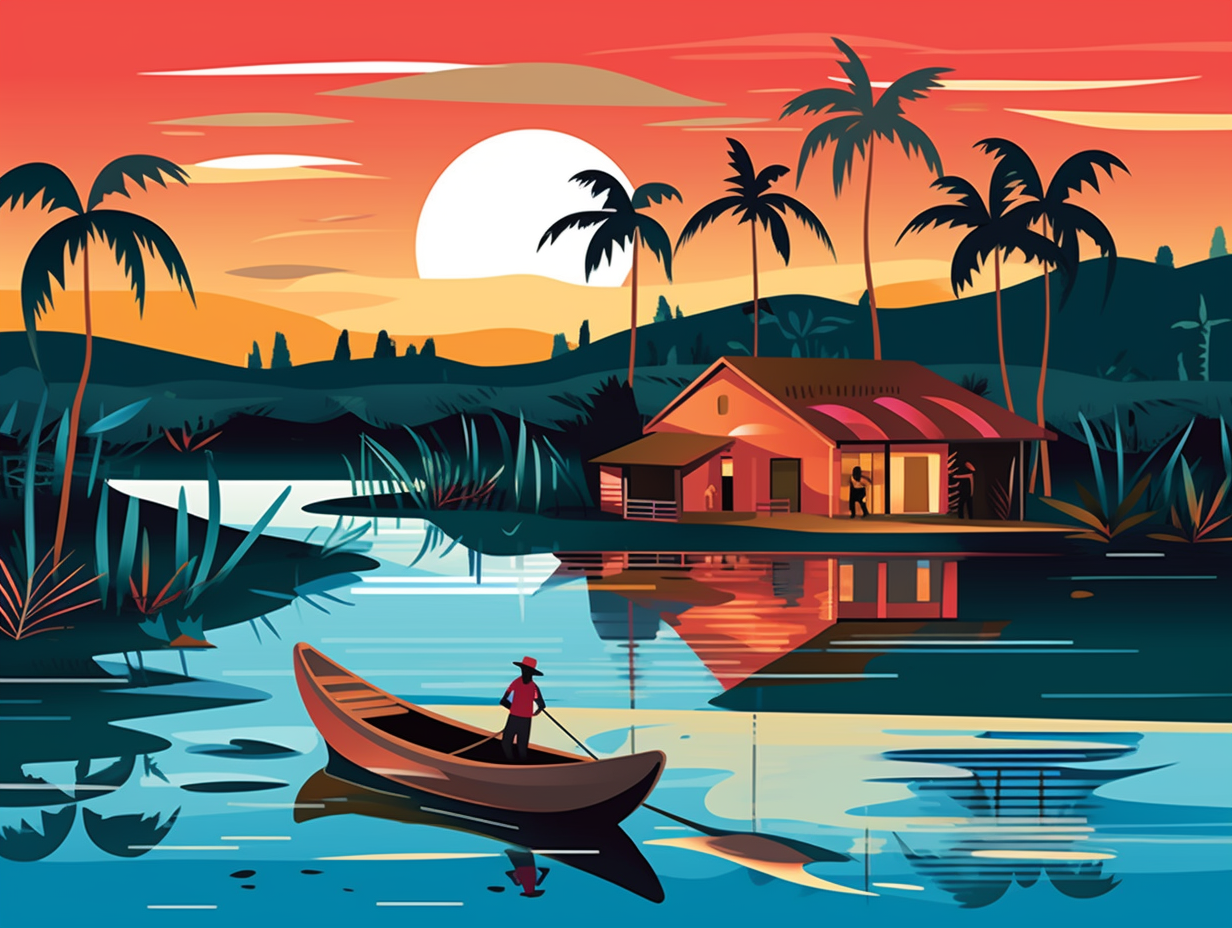
1. Fishy Pool Party
Who says you can't mix fishy business with pleasure? Lake Nicaragua, contrary to popular belief, is a veritable pool party of surprising aquatic guests: Known as the largest lake in Central America and the 19th largest in the world, it's home to an impressive array of unique species like sawfish, tarpon, and even bull sharks who cleverly navigate the rapids of the San Juan River to access the lake. The body of water also houses 16 native cichlid species, although the aquatic fun is somewhat dampened by the introduction of invasive tilapia that threaten the ecosystem.
Source => en.wikipedia.org
2. Fabulous Rainbow Bass
Who said bass can't be as fabulous as Beyoncé? Well, meet the rainbow bass in Lake Nicaragua, making a fashion statement with its colorful markings and rocking some badass fighting skills: Lake Nicaragua is home to unique species like the rainbow bass and machaca, alongside fascinating tarpon and sawfish populations that have adapted from saltwater to the freshwater environment.
Source => costarica.org

Discover the world's largest jungle keyboard at Honduras' Copán, featuring the longest known Mayan inscription with over 1,800 glyphs! Uncover the secrets of 16 brilliant rulers and their contributions to mathematics, astronomy, and hieroglyphic writing. Pack your bags, and let's "glyph" things a go! 🌿🔍✨
=> Fun Facts about Honduras
3. Volcano Sandboarding
Hiking boots and snowboards, unite! Nicaragua presents the ultimate extreme sport fusion for adventurous souls: Cerro Negro volcano, an adrenaline junkie's wildest dream, serves as the go-to destination for sandboarding while also being one of Central America's youngest and most active volcanoes, with its latest grand performance dating back to 1999.
Source => viator.com
4. Monkey Island Turf War
In a classic case of "monkeying around" that escalated quickly, one man's dream of island paradise turned into a simian turf war: Monkey Island in Lake Nicaragua was initially purchased by a wealthy vacationer, but after realizing its size constraints, he dumped loads of Capuchin and Spider monkeys there, only for the Capuchins to eventually emerge victorious in their territorial clashes against the Spider monkeys.
Source => archivesofadventure.com
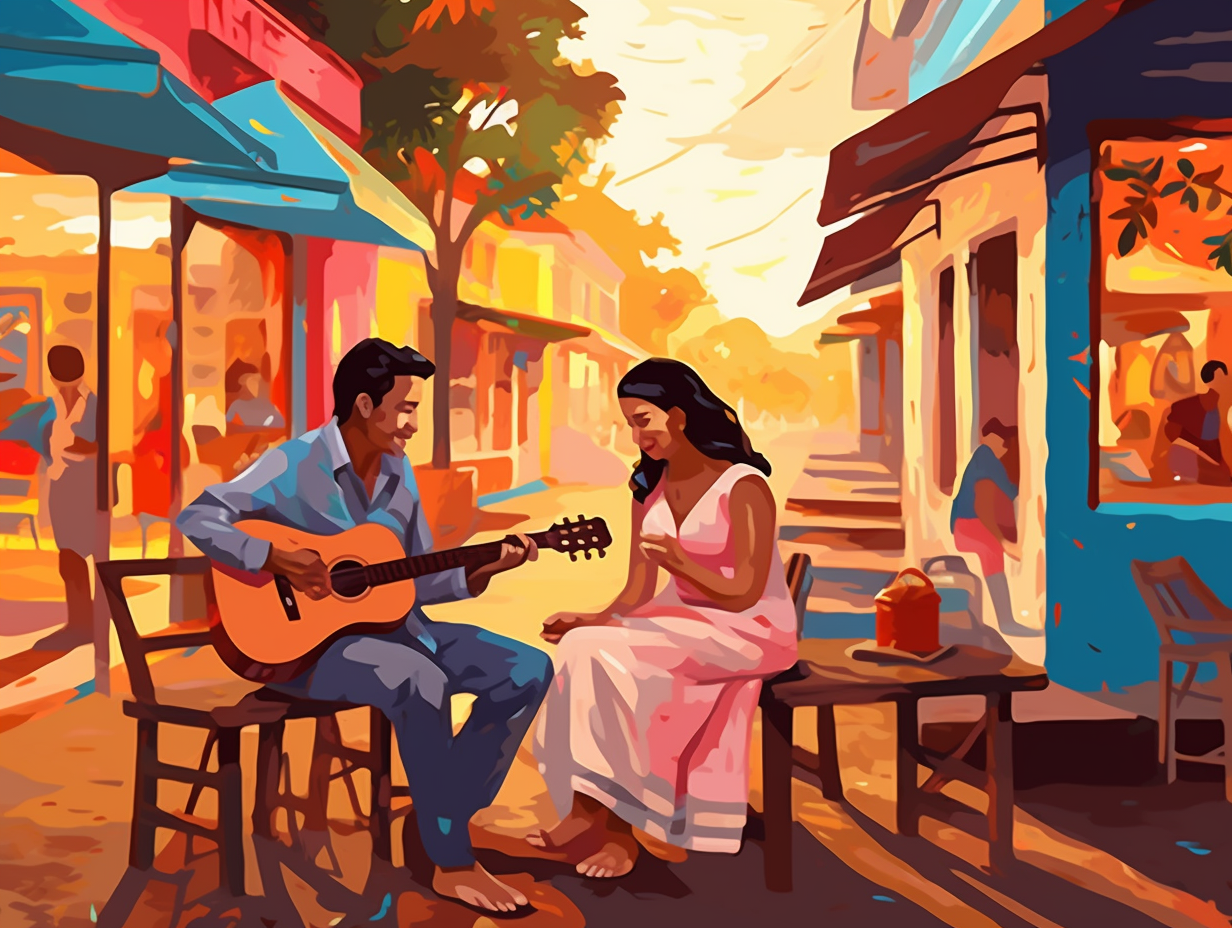
5. Tennis Racket-Tailed Motmot
Feeling a little "racket" in the wild? Why not wing it with Nicaragua's tennis racket-tailed motmot: These vibrant avian gems, prominently featuring striking tail feathers that resemble tennis rackets, are an unofficial icon of Nicaragua's natural beauty. Keen birdwatchers can find them at the Laguna de Apoyo Nature Reserve, where, alongside their blue-crowned cousins, they dutifully nest in horizontal holes dug into the vertical dirt banks of the picturesque reserve.
Source => gaianicaragua.org
6. Island Hopping with Volcanoes
If you're ever in the mood for island-hopping with a volcanic twist, look no further than Nicaragua's own version of a watery wonderland: This Central American country boasts the largest lake in the region, Lake Nicaragua, with over 400 islands to explore—including the stunning Ometepe Island, home to not one, but two majestic volcanoes that tower above its biodiverse surroundings.
Source => organiccottonmart.com
7. St. Jerome's Language Fiesta
When St. Jerome isn't busy converting words across languages like a patron saintly Google Translate, he preps for his annual fiesta in Nicaragua: On September 30th, the country commemorates "El Día del Traductor," or Translator's Day, celebrating the saintly translator and expressing gratitude to all interpreters for bridging linguistic and cultural gaps with unwavering dedication.
Source => panoramas.secure.pitt.edu
8. Indiana Jones-style Eco-Treasure Trove
Move over Indiana Jones, Nicaragua's got a daring ecological treasure trove: With 78 protected areas enveloping 17.3% of their land, they boast a National System of Protected Areas managed by MARENA, featuring national parks, natural reserves, and so much more, dating back to 1958 with the Peninsula of Cosigüina Wildlife Refuge.
Source => en.wikipedia.org
Related Fun Facts

